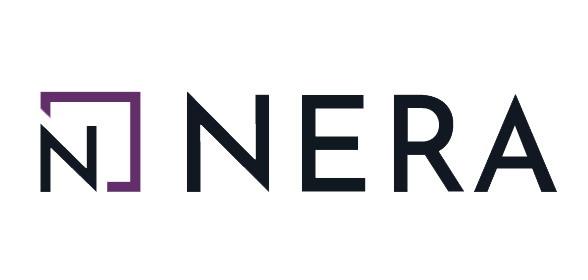In a groundbreaking move that could reshape Canada’s digital landscape, the CRTC’s recent wholesale high-speed access decision has ignited fierce debate across the telecommunications sector. The ruling, aimed at fostering competition in a market long dominated by a handful of major players, represents what many experts call the most significant regulatory shift in Canadian internet services in over a decade.
The decision mandates that large telecommunications companies must provide smaller internet service providers (ISPs) with access to their networks at regulated wholesale rates. This approach, according to CRTC Chairperson Vicky Eatrides, “strikes the necessary balance between ensuring Canadians have access to competitive internet services while maintaining incentives for continued investment in high-quality networks.”
At its core, this regulatory intervention addresses a fundamental market imbalance. Canada has long struggled with some of the highest internet prices among developed nations, with the OECD consistently ranking Canadian broadband among the most expensive globally. The average Canadian household spends approximately $107 monthly on internet services—roughly 30% higher than comparable packages in many European countries.
“This isn’t merely about lower prices,” explains telecommunications analyst Jordan Richardson. “It’s about creating an ecosystem where innovation can flourish through meaningful competition.” Richardson points to markets like the UK and France, where similar wholesale access regulations have resulted in not just more affordable services, but also in the emergence of specialized providers catering to underserved segments.
Critics, primarily from major telecommunications companies, argue that mandated wholesale access at regulated rates undermines investment incentives. Bell Canada has publicly stated that the decision could result in “reduced capital expenditure in rural and remote communities” where return on investment is already challenging. Rogers Communications has expressed similar concerns about potential impacts on 5G deployment schedules.
However, evidence from comparable international markets suggests these fears may be overstated. Countries with robust wholesale access regulations, including Sweden and South Korea, continue to lead global rankings in both network quality and broadband penetration. Their experience demonstrates that properly calibrated wholesale regimes can coexist with healthy investment levels.
The CRTC’s decision arrives at a critical juncture for Canadian digital policy. With remote work becoming a permanent fixture of the economy and digital services increasingly essential for everything from healthcare to education, affordable high-quality internet has transcended luxury status to become a necessity. This reality makes the stakes particularly high.
For smaller communities and rural areas, the implications could be especially significant. Regional providers like TekSavvy and Distributel have historically shown greater willingness to serve less profitable markets when wholesale rates make business models viable. The decision potentially opens pathways for these providers to expand their footprint beyond urban centers.
“What’s often overlooked in this debate is the potential for specialized services,” notes digital economy researcher Dr. Aisha Patel. “When smaller providers can compete on more equal footing, we see more targeted offerings—services designed specifically for seniors, packages optimized for gamers, plans tailored to small businesses. The market becomes more responsive to diverse needs.”
The CRTC has built safeguards into its framework, including provisions that recognize and reward infrastructure investment. Large carriers that deploy fiber-to-the-home and other next-generation technologies maintain exclusive access for specified periods before wholesale obligations apply—a mechanism designed to preserve investment incentives while eventually expanding competition.
As implementation proceeds, the true measure of success will be whether this regulatory approach delivers its promised benefits: more choice, better service, and reasonable prices for Canadian consumers. The experience of other jurisdictions suggests that getting the details right—particularly the specific wholesale rates and technical requirements—will be crucial to achieving these outcomes.
In a digital economy where connectivity increasingly determines economic opportunity, educational access, and social inclusion, can Canada afford not to pursue policies that make high-quality internet accessible to all citizens regardless of income level or geographic location?










